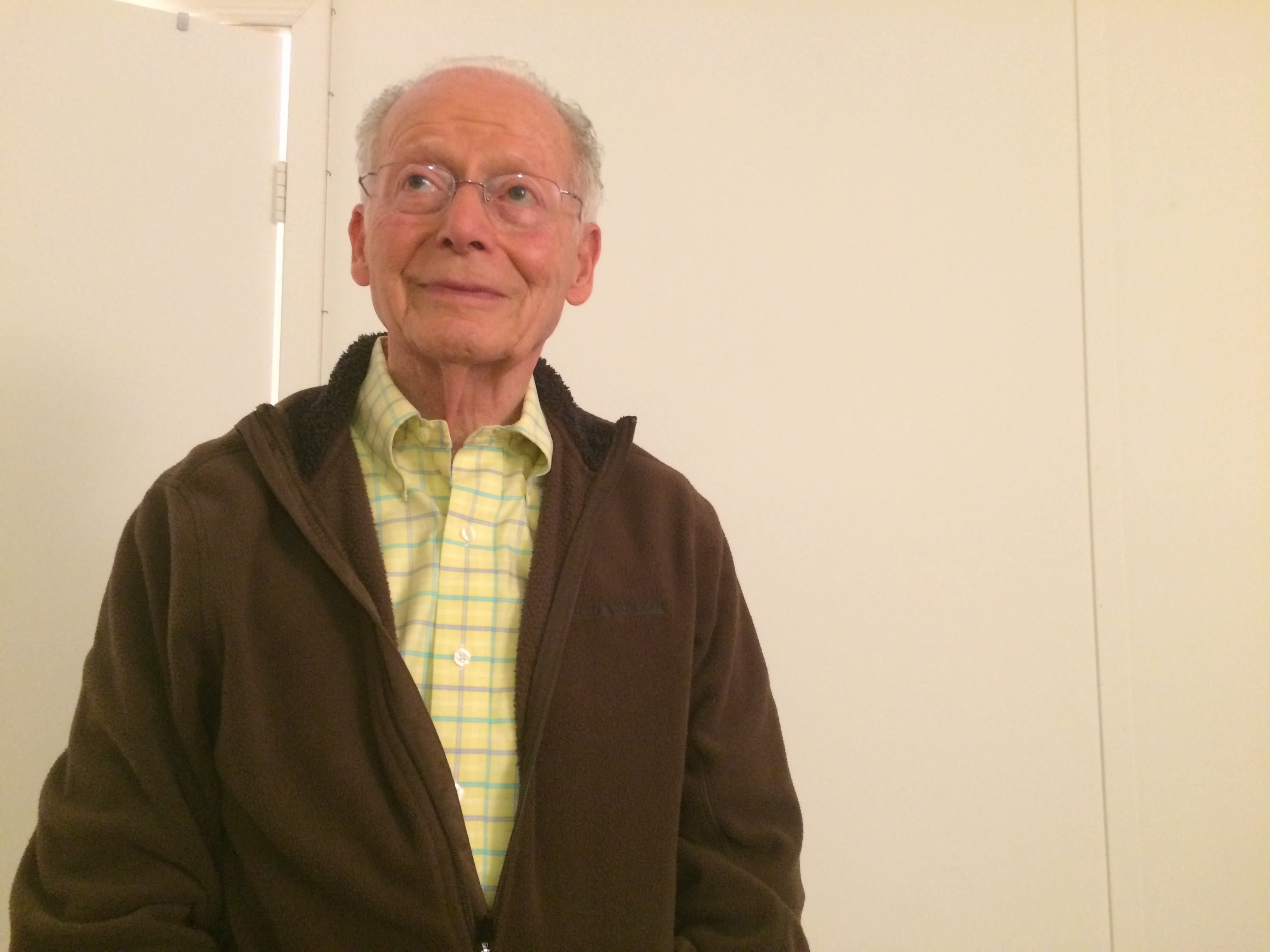Mustard Gas Survivor Looks Back on his Luck

Abe Hedaya
Thousands of American servicemen were used as human test subjects in World War II, being exposed to mustard gas and other poisonous chemicals. Most of those involved have since died, but one New Yorker is still around to tell the story.
His name is Abraham I. Hedaya, born 91 years ago on March 10, 1924.
“I don't remember that day,” he said with a knowing smile, “But I was told it was on 67th St. and Bay Parkway in Brooklyn."
Hedaya joined the Army soon after he turned 18, right in the midst of the U.S. involvement in World War II. During basic training in 1943 he was sent to Edgewood Arsenal in Maryland to take part in some tests.
"They told us we were volunteers,” he said. “I would have volunteered anyways, I'm that type of person."
There at the base, he donned a gas mask and protective clothing and was exposed to the poison gas.
"We were using gas masks. They had impregnated clothing. They took every precaution they could possibly to protect us,” Hedaya said. “I think I had a touch around my temple or something of a little burn. But it was minor. I thought I was lucky to be here!"
But others in the tests weren't so lucky. A single exposure to mustard gas won't just cause burns—it can lead to long-term issues like cancer and emphysema. And an investigation by NPR News has found that the Department of Veterans Affairs has failed to live up to a decades-old promise of compensating those affected.
A separate investigation by NPR also found the US military conducted race-based chemical weapons testing, specifically targeting Black, Japanese-American, and Puerto Rican GI’s to see how they would respond to mustard gas. Control groups of white soldiers were also involved in the tests.
Hedaya, who is white and whose parents were born in Syria, does not think he took part in the race-based testing. He never applied for benefits from the VA, nor did he ever rely on them for healthcare—he earned enough for private healthcare from his post-military career as an importer.
I met Hedaya at his granddaughter’s apartment in the Flatiron District. It was filled with more than a dozen people, generations of a family enjoying sandwiches, salads, olives, and beer. Despite the family’s closeness, he said he has not often shared his story.
"My family inside, none of them knew, except one, that I had anything to do with the Army in that sense - in the poison gas experiments,” he said. “What is there to say. I'm happy. I'm lucky. I'm lucky I'm here."
A sentence many other veterans were never able to say.

